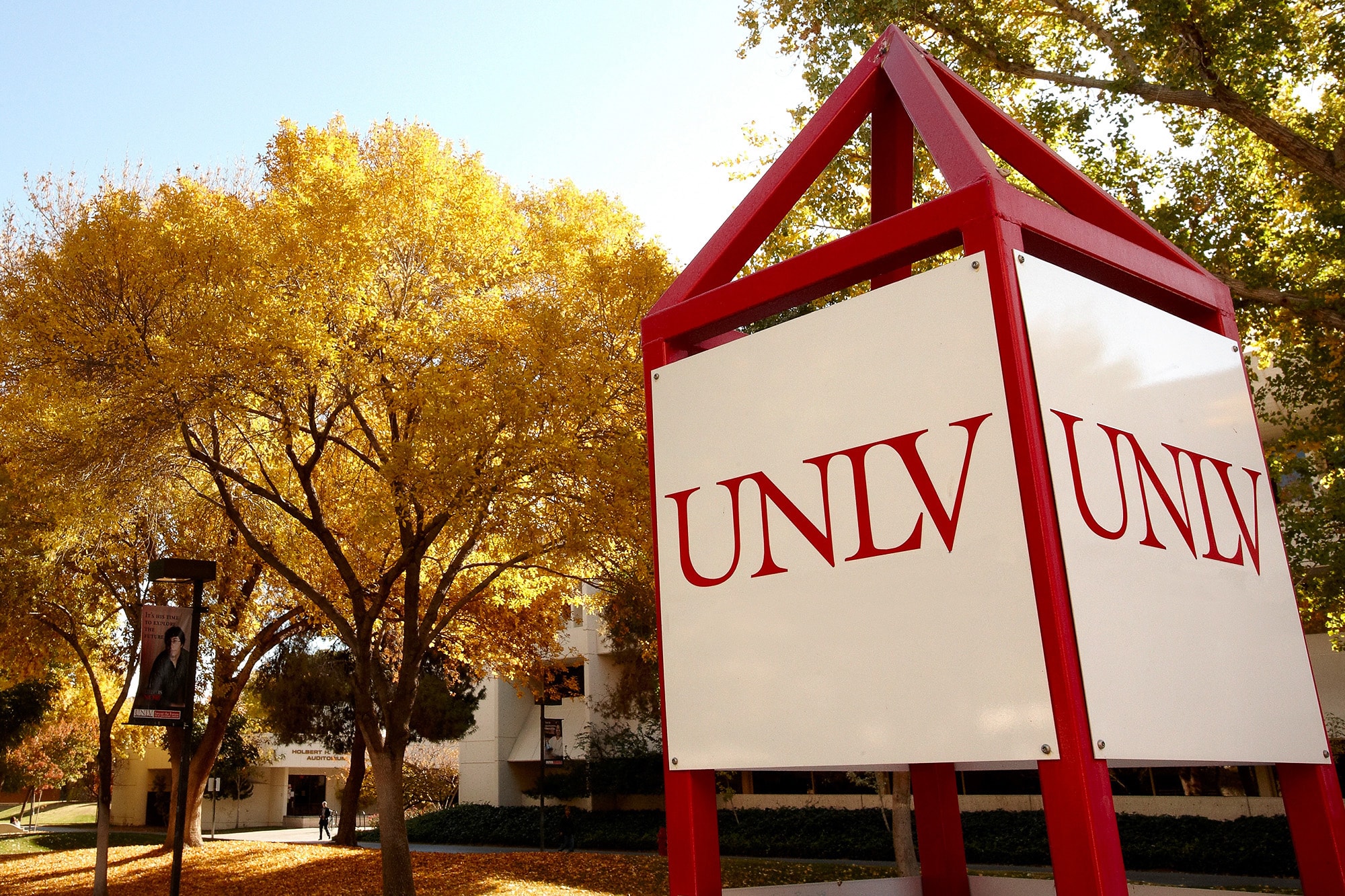Child care center workers in Nevada receive an average hourly wage of $6.46 -- placing them below fast food cooks, service station attendants, and people who service vending machines, according to recent reports by the UNLV-based Nevada Institute for Children.
Of 15 occupations used for comparison, statistics from the Nevada department of employment, training, and rehabilitation showed that only vehicle washers made less.
At those wages, a child care worker earns $13,440 per year -- a figure that is below the federal poverty level for a family of three.
To increase the wages to $12 an hour, a level commensurate with the skills and educational levels needed to do the job well, would cost $33.5 million per year in Nevada, according to the studies.
The reports, two in a series of studies being produced for the state department of human resources, also discuss the lack of health care benefits, vacation time, and sick leave for many child care workers and propose ways to improve the financial situations of those people who carefor many of the state's children.
"It really comes down to a question of priorities," said Vince Juaristi, executive director of the institute. "These workers are providing much of the day-to-day care for our state's youngest citizens. If we want competent, qualified people to seek those child care jobs and then stay in those jobs so that our children are receiving some continuity of care, we clearly are going to have to improve their pay and benefits.
"The amount of money needed to accomplish these things is substantial, but our studies include ideas on how we could begin raising those funds," Juaristi said.
According to the reports, which are based in part on a survey conducted by UNLV's Cannon Center for Survey Research, 65 percent of child care workers have no health benefits, 55.7 percent have no sick leave, and 30.5 percent have no paid vacation. Additionally, 82 percent have no retirement benefits.
To supply Nevada's child care workers with health care benefits would cost about $1.4 million annually, according to the reports.
"This research confirms what we probably already knew -- that a group of very important workers, child care employees, is inadequately compensated," said James Frey, dean of the College of Liberal Arts, which houses the Cannon Center for Survey Research.
"It shows that we are taking chances with a segment of Nevada's children by not doing all we can to ensure that these children are in the care of the most qualified people," Frey said. "The UNLV study has provided policy-makers and private child care vendors with some valuable information and suggestions for dealing with this issue."
The institute recommends the creation of a state child care quality fund into which revenues would flow to improve child care by providing such things as lower children-to-worker ratios, improved educational opportunities for workers, and increased wages and benefits.
In the reports, the institute also advances a number of possible fund-raising strategies for consideration. Among them are:
-- Establishing set-asides from existing cigarette, tobacco, liquor, and property taxes. Setting aside 1 percent of the annual revenue from existing cigarette and tobacco taxes, for instance, would provide approximately $450,000 per year for improving child care, according to the studies.
-- Establishing a Business-Child Care Board that would assist in the creation of employer-based child care opportunities such as those already in existence at some companies.
-- Allowing businesses the option of setting aside a designated percentage of their business tax.
-- Shifting state budget priorities through a state ballot initiative.
For additional information on the studies, call the Nevada Institute for Children at 895-1040.



